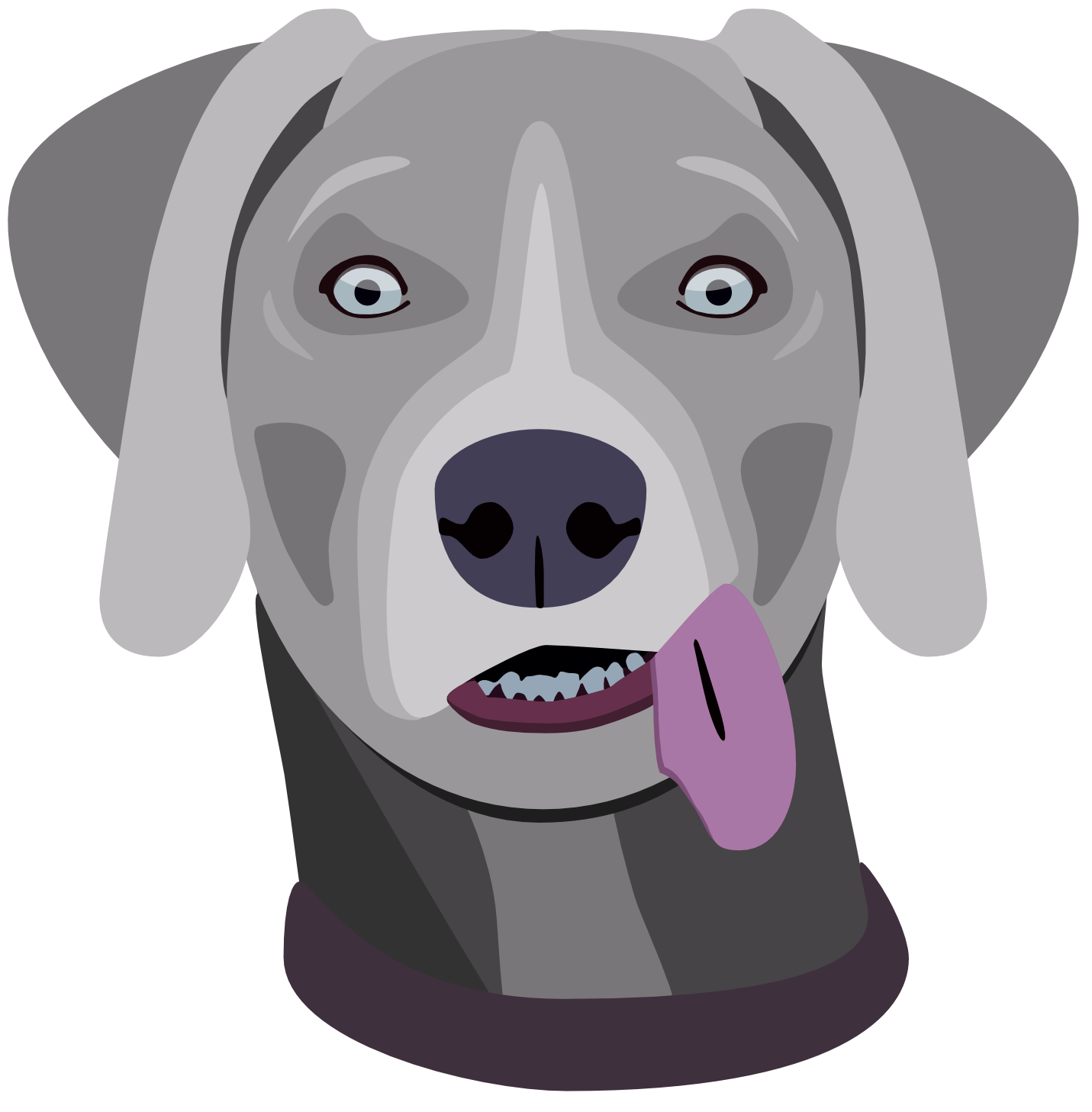Today, I’ll share with you our experience with an exclusion diet for Emma.
Unlocking the Mystery: Identifying Your Dog’s Protein Intolerance
Our furry companions can be sensitive to certain proteins, leading to unpleasant symptoms like diarrhea, vomiting, and skin problems. An exclusion diet is a systematic approach to pinpointing the culprit protein.
Step 1: Transition to Hydrolyzed Soy Protein
After learning from our veterinarian that Emma has a protein intolerance, we bought a very special soy protein food. This is extensively hydrolyzed (multiple times, not just 4 or 5 times), making it unrecognizable as protein by the dog’s body. As a result, Emma did not react negatively, and for several weeks, we fed her exclusively with this food.
(Please be careful in the whole timeline, that your dog is not eating anything from the environment. Your dog must be very hungry and that is a natural reaction- but it’s not helpful at all.
At best, don’t unleash your dog for 100% control)
Step 2: Introduce Single Proteins
The soy food wasn’t a diverse diet, but we were grateful that Emma accepted it without vomiting or experiencing diarrhea. She gained weight, and we felt like the happiest dog parents in the world. Initially, we fed her the dry food hourly, in small portions, to allow her body to adjust.
Once almost the entire bag of food (60kg) was consumed, we introduced a new protein source – SINGLE PROTEIN!
It’s crucial at this point to strictly avoid adding any additional proteins. Only the soy food and the new single protein are fed. After 2-3 weeks without any adverse reactions, you can be confident that this protein is tolerated.
Step 3: Repeat the Process
Then, you move on to the next protein source, repeating the process. Stick to only soy food and try the 2nd new SINGLE PROTEIN. If there are no reactions in 2-3 weeks, that’s fantastic. However, what if there’s diarrhea or blood in the stool again? Stay calm. This is why an exclusion diet is done. It’s distressing to witness, but it’s a small success. Now you know that this protein source is harmful to your dog. Record the symptoms (reactions) associated with the protein source in a dedicated book or online document for your pet. You might think you’ll remember, but with multiple proteins, it can become confusing. Do you want to put your dog through this process again just because you didn’t write it down? Exactly! So, note it down, as odd as it may seem. It’s for a better future for your beloved pet, and a quality life for both of you.
Avoiding Mix-Ups: Single Proteins for Success
Back to the process: Allergic reaction = record and go back to working with only soy protein food. No additional protein sources, preferably not even those that were tolerated before. You want to determine with 100% certainty what is tolerated. Stay strong, even if your dog craves a variety of food. After 2-3 weeks, the allergic reaction should have subsided. If not, continue with the soy food until everything is stable and for at least an additional week. This ensures the body has truly calmed down and is ready for a new protein.
Restoring Your Dog’s Healthy Diet
I hope the process is clear now. Is SINGLE PROTEIN tolerated well? Then, you can introduce a new protein source. I wouldn’t mix proteins during this period, even if they were well-tolerated. You never know what might be different in their composition, and then you’d have to go through both proteins individually again. Therefore, take small, meticulous steps. The results at the end will be your reward.
If you have any questions, feel free to ask. I’m here to share my experiences to help you.
Recommendations
Once you’re certain about tolerated proteins, you can treat your dog with our snacks and reward them during training. Horse-protein is usually well-tolerated by canines.
